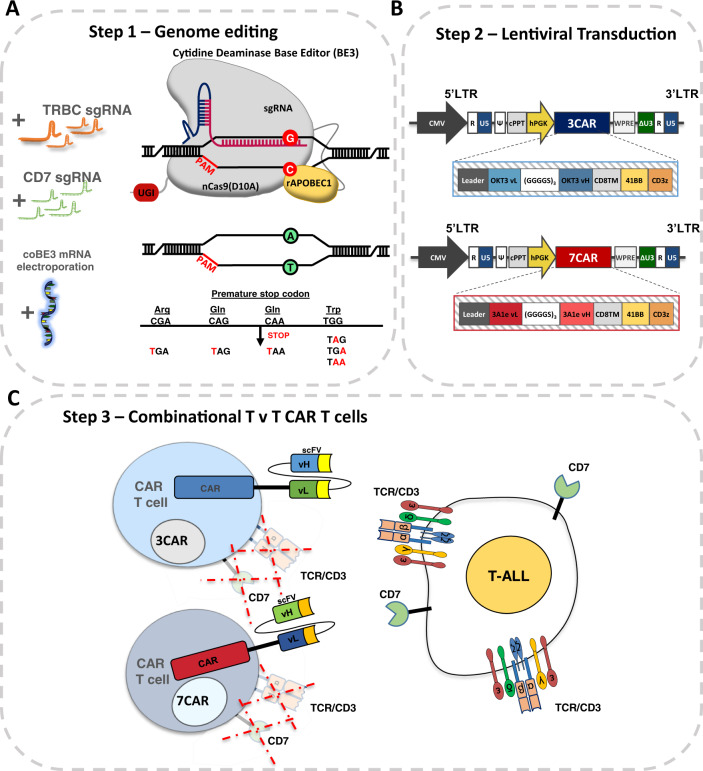Fig. 1. Generation of ‘T v T’ fratricide resistant CAR T cells.
A Schema of base editing for T cells employing 3rd generation codon optimised cytidine base deaminase (coBE3) fused to deactivated D10A Cas9 nickase and uracil glycosylase inhibitor (UGI) delivered as mRNA along with TRBC and CD7 single guide RNA (sgRNA). C->U->T conversion (G->A antisense strand) resulting in STOP codon. B Lentiviral transduction of edited cells from step 1 using 3rd generation lentiviral vectors. Lentiviral plasmid configuration of CD3ε targeting 2nd generation chimeric antigen receptor comprising OKT3 vL and vH scFv sequence fused to CD8 transmembrane domain (TM), 41BB co-stimulatory and CD3z activation domains under the control of a hPGK promoter. Lentiviral plasmid configuration of CD7 targeting 2nd generation CAR comprising 3A1e vL and vH scFv sequence fused to CD8TM-41BB-CD3z under the control of a hPGK. C coBE3 edited T cells devoid of shared antigens TCR/CD3 and CD7 surface receptors expressing either 3CAR or 7CAR evade fratricide and target T-ALL. BE: base editor; APOBEC: (apolipoprotein B mRNA editing enzyme, catalytic polypeptide-like); sgRNA: single guide RNA; PAM: protospacer adjacent motif; LTR: long terminal repeat; CMV: cytomegalovirus promoter; CAR: chimeric antigen receptor; cPPT: central polypurine track; U5: untranslated 5′ region; DU3: delta untranslated 3′ region; hPGK: human phosphoglycerate kinase promoter; vL: variable light chain; vH: variable heavy chain.

